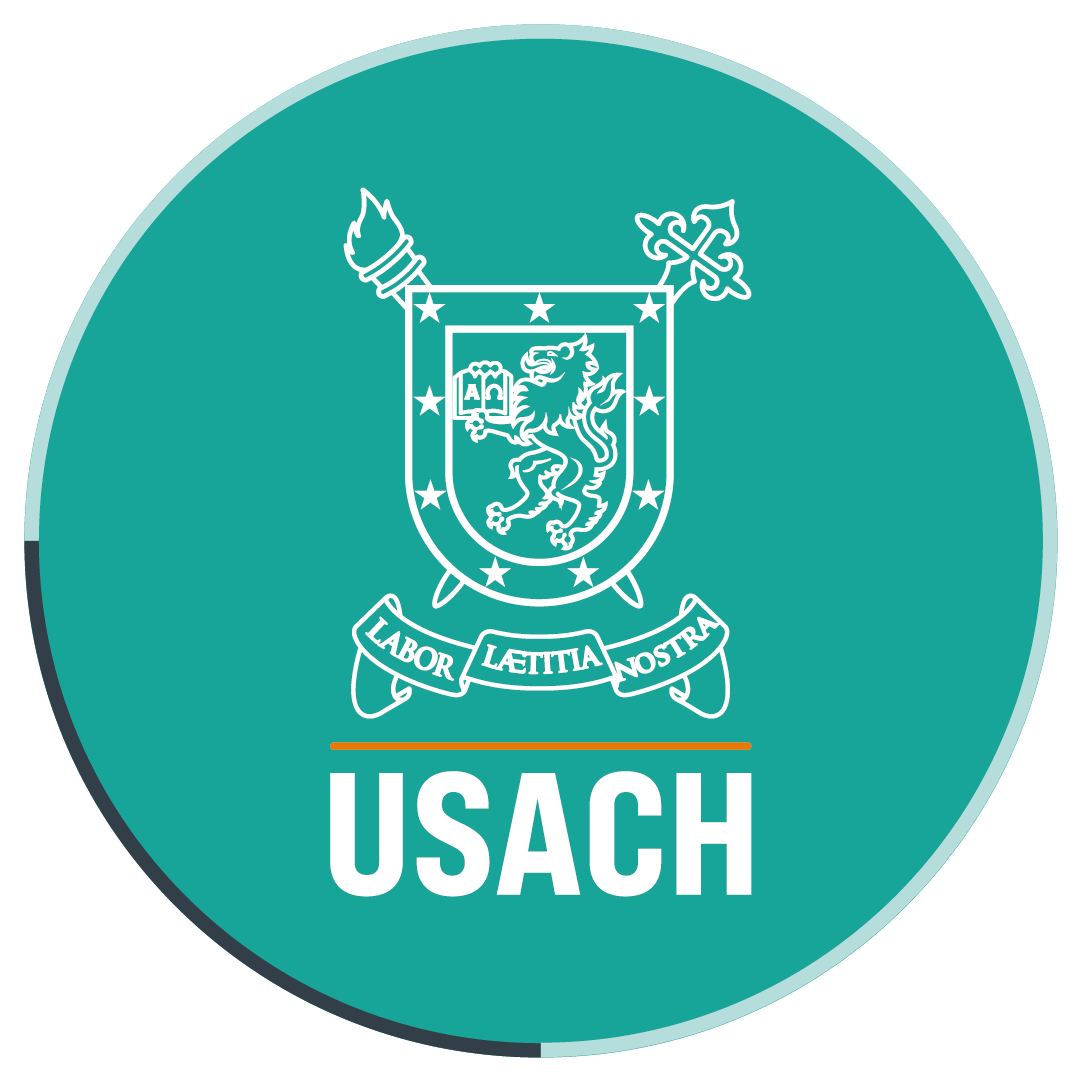Dr Andrés Navas was awarded the most important Latin American prize in the field of Mathematics
- The scientific committee of the V Latin American Congress of Mathematicians recognized professor Navas for his scientific contribution to the region in areas like geometry, dynamical systems, algebra and group theory. The activity was organized by the Unión Matemática de América Latina y el Caribe (UMALCA) and it was held in Barranquilla, Colombia.
Dr Andrés Navas, professor at the Department of Mathematics and Computer Science of Universidad de Santiago de Chile, was awarded the UMALCA 2016 Prize during a ceremony in the V Latin American Congress of Mathematicians (CLAM, in Spanish) organized by the Colombian Society of Mathematics (SCM, in Spanish) and Universidad del Norte de Barranquilla, Colombia.
The prize was created in 2000 to honor young mathematicians working in Latin America and to recognize and promote their scientific contributions. After receiving the award, Dr Navas gave a presentation in a plenary session of the congress, which is considered the most important meeting of mathematicians in the region. The 40-year-old professor gave the presentation “Propiedades asintóticas de redes del plano”.
Henrique Bursztyn (IMPA, Brasil), Pablo Shmerkin (Universidad Torcuato di Tella, Argentina) y Robert Morris (IMPA, Brasil) were also awarded prizes for their contributions.
Recognition for scientific research
Dr Navas, who is currently the president of the Mathematics Society of Chile (SOMACHI, in Spanish), said that this award is a recognition for his scientific work; it is the highest recognition that a mathematician working in Latin America may expect.
He thinks that the prize will contribute to the positioning of Universidad de Santiago and the Department of Mathematics in the local and Latin American context.
“It is a significant step for the University and the Department, which has grown very much in the past few years. It will make us more visible at a Latin American level,” he said.
He thinks that another factor that contributed to him being awarded the prize was the publication of his doctoral dissertation “Groups of Circle Diffeomorphisms” (2011) in USA.
“The University of Chicago Press published my doctoral dissertation as a book, a milestone in the Latin American context, because it was translated from a former publication in Peru and Brazil,” Dr Navas explained.
Promoting Mathematics
In the national context, Dr Navas expects his prize becomes a turning point so that the State creates an institute devoted to fundamental Mathematics.
“We do not have an institute like this in Chile and it would be similar to the National Institute for Pure and Applied Mathematics (IMPA) of Brazil. I think we already have all the human potential to do it, but we need the relevant policy making,” he said. “We really need something like this in our country.”
Translated by Marcela Contreras

